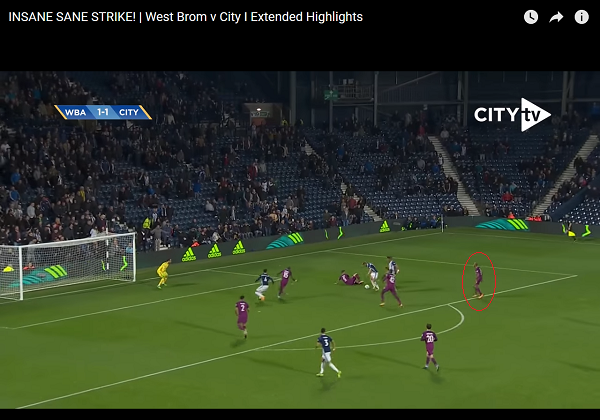WORLD CLASS COACHING
How Pep Guardiola Wins with Inverted Fullbacks
By Mike Smith
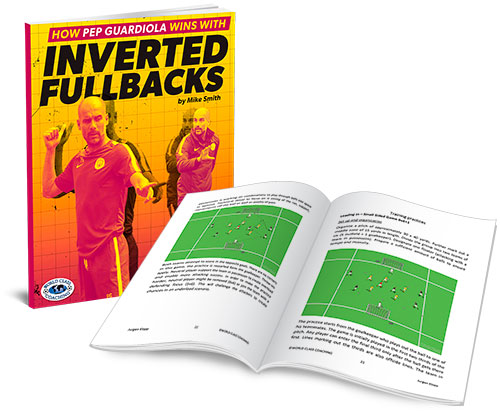
Table of Contents
PART THREE
DISADVANTAGES OF INVERTED FULLBACKS
DISADVANTAGES OF INVERTED FULLBACKS
While I hope the previous pages have clearly outlined the big advantages of the inverted fullback. (If you can’t take my word for it, the rate at which Man City is dominating the Premier League this season should provide additional proof), there are some disadvantages which should be mentioned, with one (open wings) garnering the major focus.
As touched on previously, there are several components which MUST be in place for a team to be successful being this aggressive with their outside backs. Simply putting players in a certain place on the field will not guarantee success. Manchester City is very fluid and very mobile (more on this later) and they move and cover each other brilliantly because they understand the three big weakness their use of the inverted full back brings: 1. Getting caught “in between” (being “ non-fluid”) 2. Being overly aggressive regardless of risk vs reward and the biggest of all: 3.The wings are open. Much of the open wing issue is by design as they often bait their opponents into forcing play into the wide space knowing their inverted backs are ready to win the ball, however this is a gamble and does not always work in Manchester City’s favor. Following are two examples where Manchester City gets overly aggressive and gets caught “in between” stepping up to pressure centrally (inverting) and actually covering the wide space traditionally.
Again, it is rare, but they do get caught “in between “ sometimes and in fact, many of the scoring chances they (Man City) have given up have come when their outside back has gotten caught in between being in an inverted vs. traditional position while defending, often times leading to a shot or corner for the opposing side.
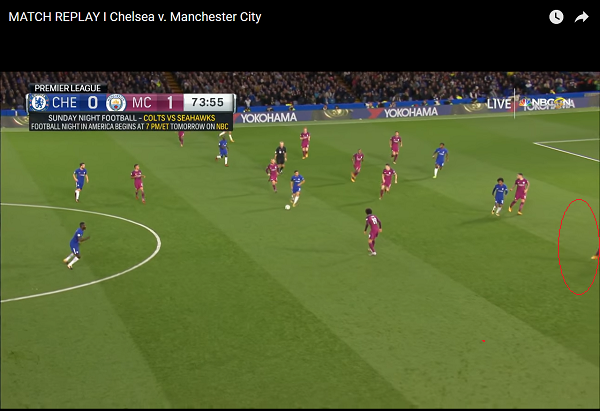
The inverted fullback is primarily focused on playing the ball out centrally early. However, because of the overall concepts of compacting play centrally, nullifying opponents wings, creating numbers up and winning the ball aggressively early to quickly transition into attack, the backs who are looking to win the ball and/or invert, can get caught out of position or being over aggressive. In the above clip, Chelsea has clear possession of the ball and all 10 of Man City’s players are back defending. This looks precarious for Manchester, however, these are the moments from which Manchester has been creating swift counter attack goals and it appears they have just what they want. Above again, Man City’s left forward has worked back, presumably to apply some pressure and force a bad pass, but I think the outside back (foot circled) has just realized there will be no pressure on the ball and the open wing will need some attention as he decides to sprint back instead of step up and attempt the steal. As mentioned previously, this is the glaring weakness of using an inverted fullback.
The clips below, 2 and 4 seconds later, clearly show the extent to which the fullback was out of position and the result of this play is one of Chelsea’s best chances of the match.
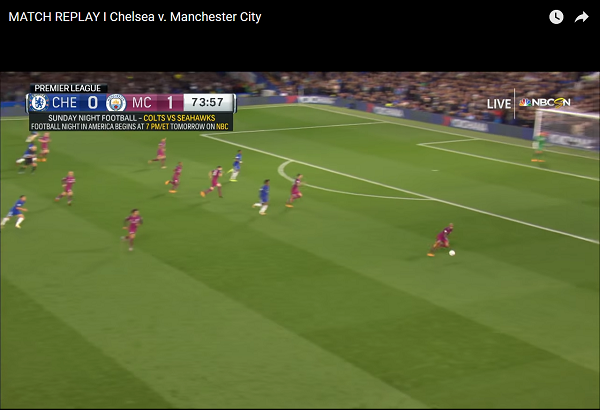
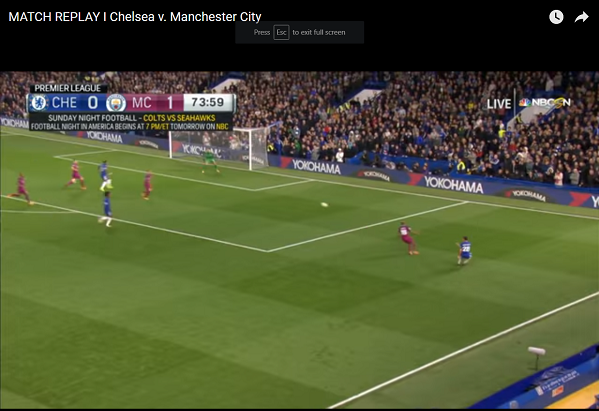
Only a sliding Man City defender and a lax near post run from the Chelsea attacker saved a goal from being scored.
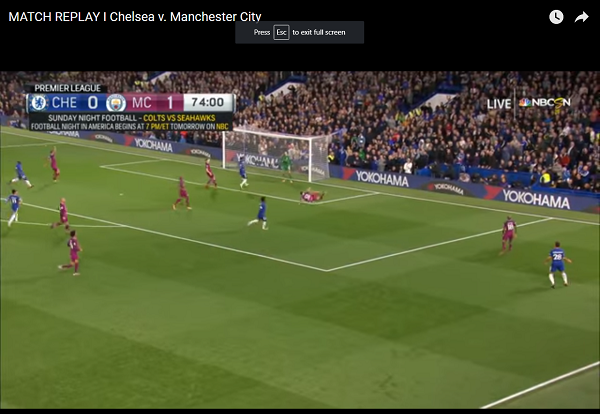
I feel like this was a situation where the fullback got caught in between thinking “Get up, be aggressive, get the ball back over to the other side….” And essentially got away with one.
18 minutes later (clip below) the positioning of the fullback is much better in a similar scenario and the focus is strictly defensive. There is better pressure on the ball from Man City as a whole (even though Chelsea does earn a corner here eventually) and the outside back is positioned much better to both deny the wide pass and defend the center (second clip circled).
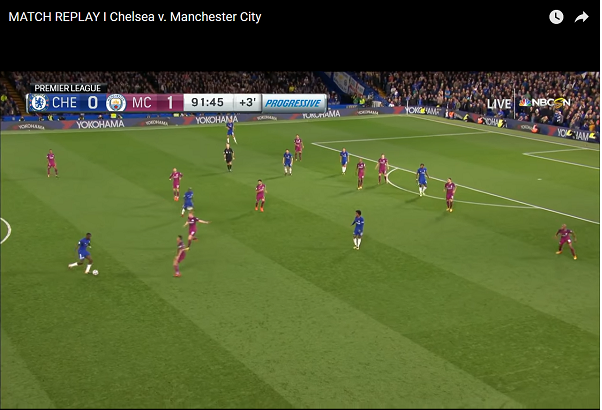
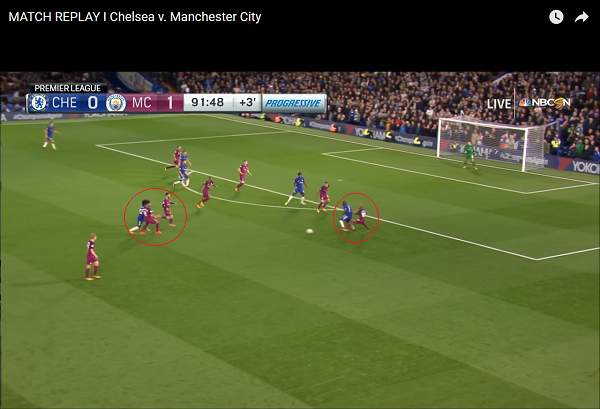
While it would be easy to think this strictly defensive approach is just because of where the game is as far as time and score, watch what happens a few minutes later:
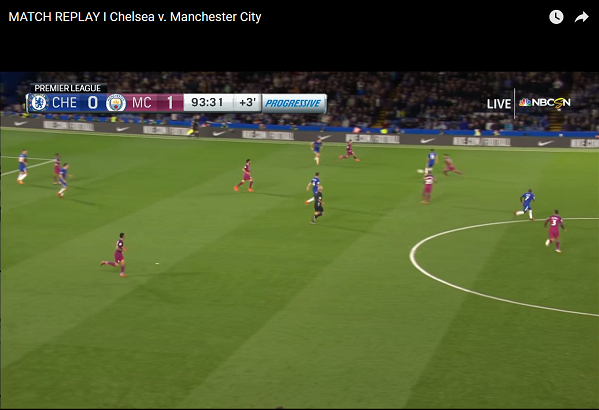
The series from the 91st minute wasn’t because Manchester City stopped being aggressive, it was because the left back and midfielders were more situationally aware then than they were in the 73rd minute and did not get caught “ in between.” Above, in the 93rd minute, their continued aggression can be seen as Manchester City’s right back comes flying into the ball very high and aggressively – which is a staple of their inverted approach – and wins the ball right in front of the Chelsea attacker(top right of screen). The run is so quick a Chelsea player can be seen laying down having fallen trying to turn and disrupt the run (next clip). While this run is more suited of a traditional fullback as the ball is pressed high into the corner, the concept of constant aggression is clear.
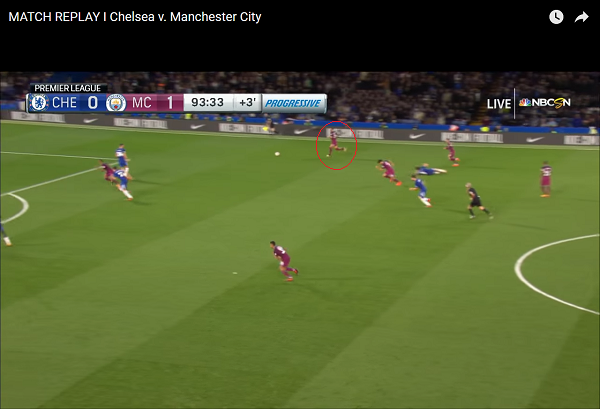
While this aggressive approach does and is paying dividends for them right now (as the previous clips have shown), with aggression comes OVER aggression. In the clip below, Arsenal perfectly exploits the available space on the wings:
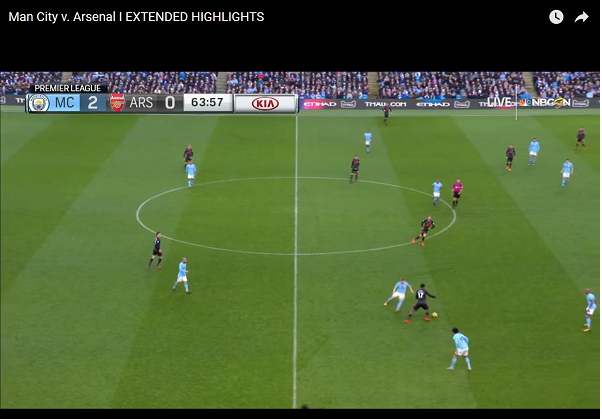
Here (above) Arsenal have kept the ball at the back a bit and then worked it up centrally to number 17.
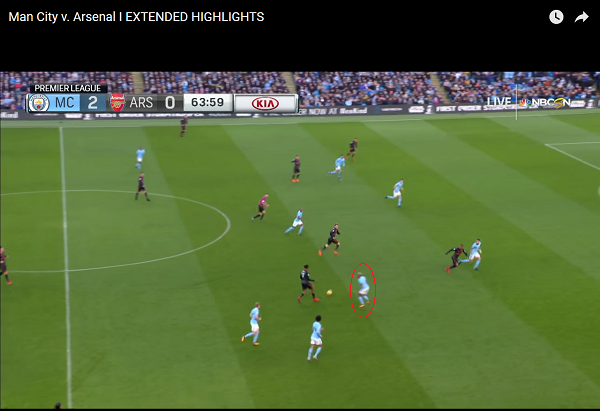
Man City actually has everything they want here (above) but are just caught up too high and out of position from a traditionally outside back point of view. Had their outside back (circled) been playing in a more traditional role the central defender would not have been isolated in a 2 v 1 and the space for the through ball would not have been as readily available. As the next clip shows, the center defender chooses to turn into the player with the ball, without help on the outside (wing), Arsenal creates and converts a chance.
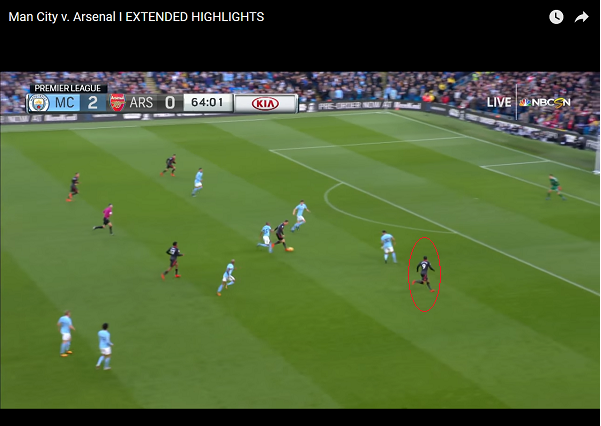
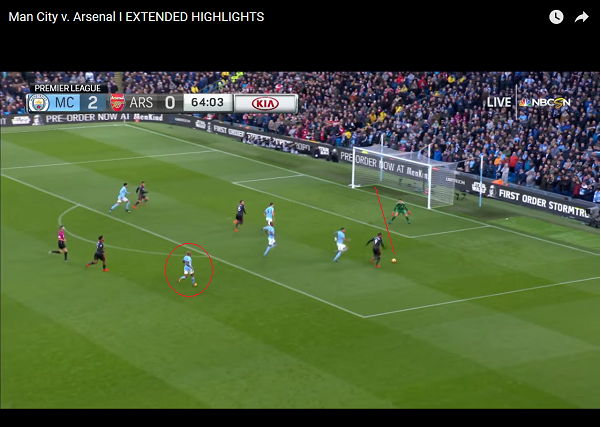
The inverted back (circled) is still trailing.
Another example of the occasional negatives this aggressive push to get forward and central brings can be seen in the following clip from Man City’s match vs West Brom.
Manchester’s holding mid can be seen heading a ball clear from the center of the box. Note the space circled in red.
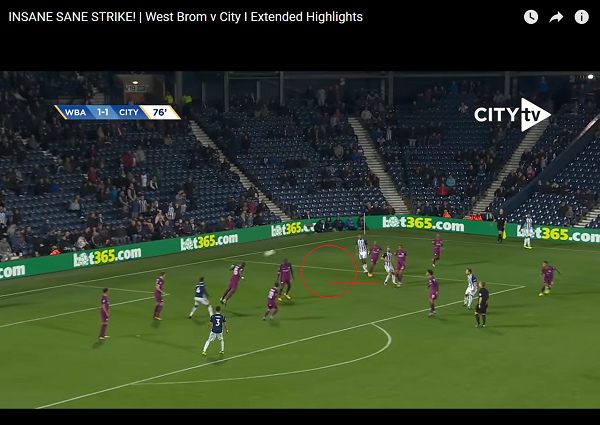
Below, West Brom #6 is under pressure from a Man City forward and usually the resulting poor touch or pass is readily available for the inverted back, whose run is marked on the diagram with a red line. A more traditional outside back would have been tucked in behind the West Brom player in the area circled in red.
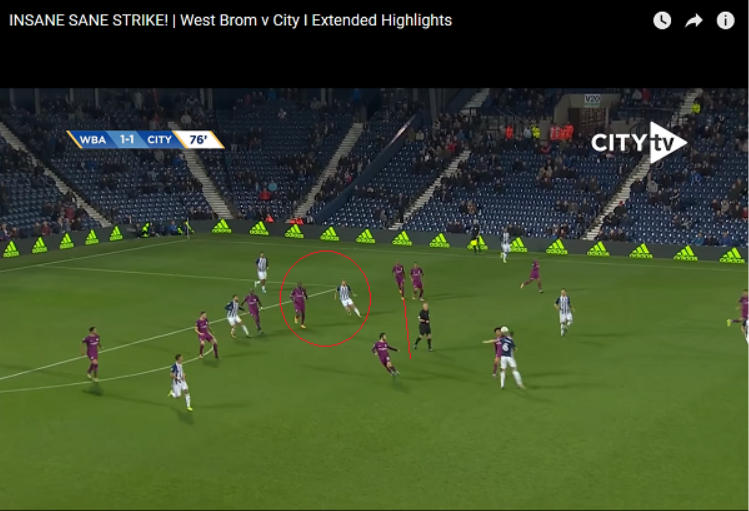
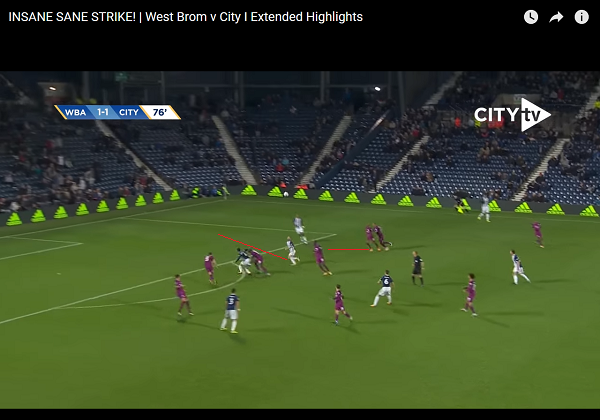
As the clip above shows, with a West Brom win of the ball, Manchester City is now in a precarious position. Only a well-positioned keeper (shown below) saves a goal from being scored. Again, had the outside back (optimal run marked in red) been less aggressive here, there would have been no room for a shot/scoring opportunity. I’m not second guessing the overall aggressive approach, simply pointing out the occasional weaknesses which over aggression brings.
